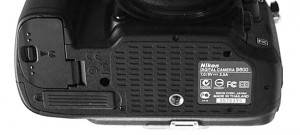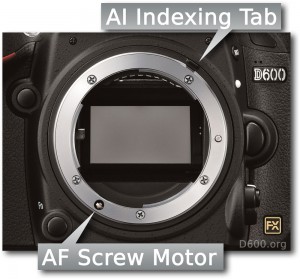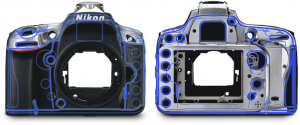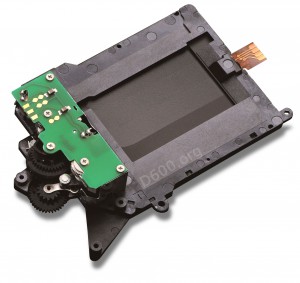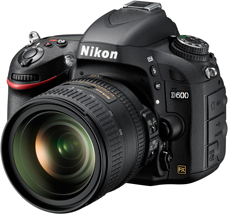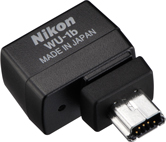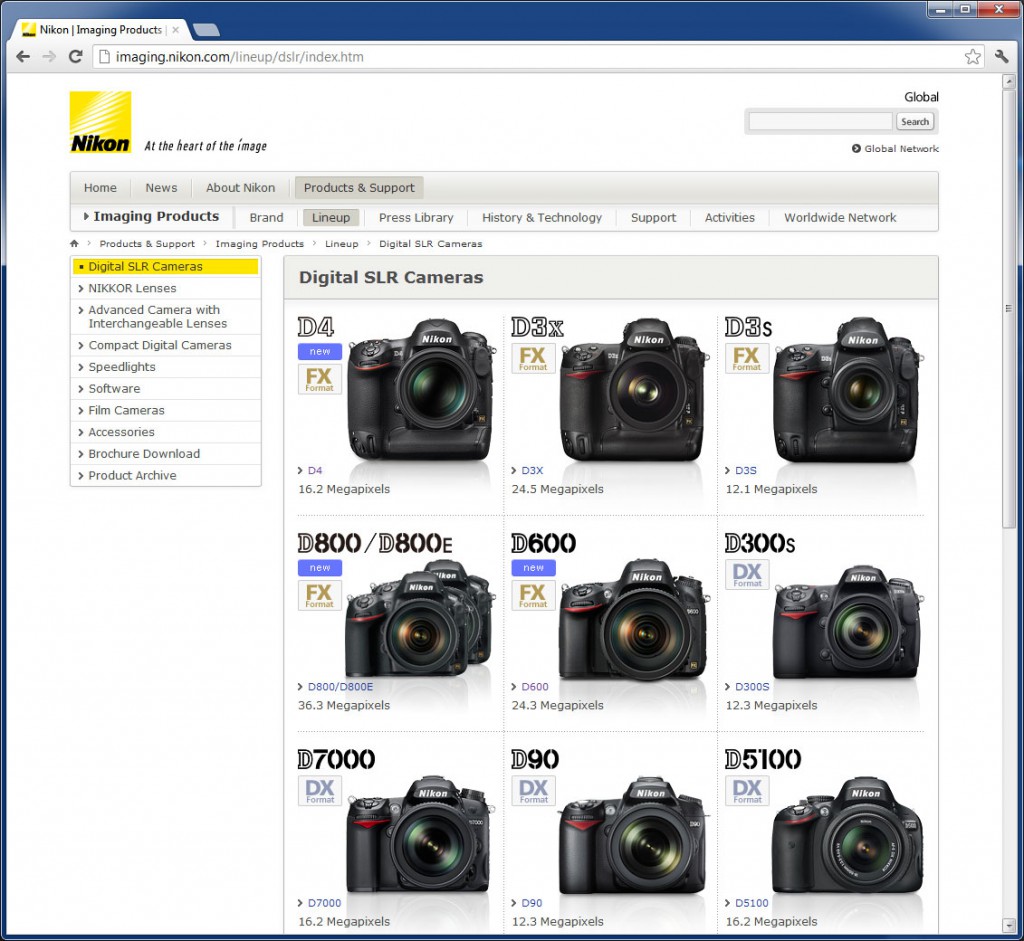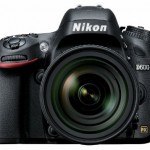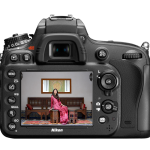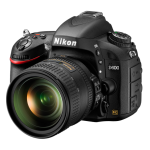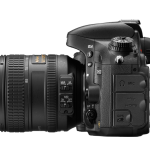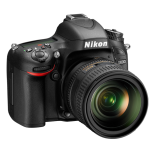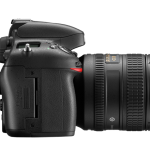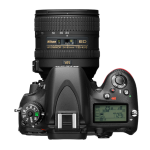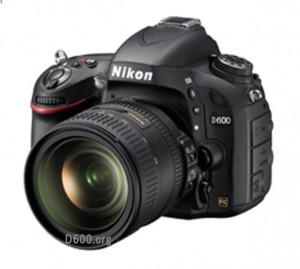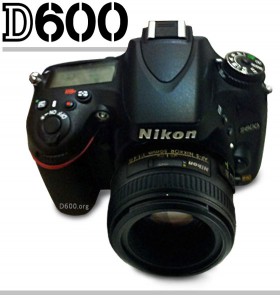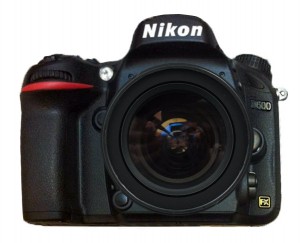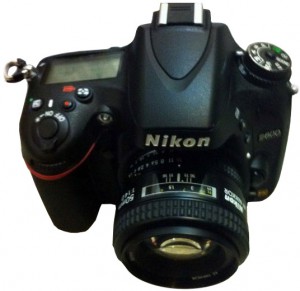Sample images from press meetings and reviews are popping up all over. You can already find High ISO samples with 100% crops showing the capabilities of the D600’s new 24.3 MP full-frame image sensor.
First off, we have some 100% crops at different ISO levels from ClubSnap, a photography enthusiast community based in Singapore. These photos were taken at Nikon’s D600 announcement and hands-on meeting for the press. There are also some shots of the D600 sitting next to a Nikon D800.
Next, we have dpreview sharing 21 preview photos. These photos were made with a D600 with the 24-120mm f/4 VR lens. This constant aperture lens makes for a nice pairing with the D600, and probably gives slightly better results than you would get using the 24-85mm VR included in the standard Nikon D600 kit. Dpreview prodvides links to download the full resolution samples for all you pixel peepers.
Nikon showed the following D600 introduction/promotional video at the worldwide press meetings:
An inspiring D600 movie (long version) was created by Steve Simon and Florian Schulz with some amazing time-lapse and aerial photography. The scenery is breathtaking, not to mention the video was shot entirely using the Nikon D600. Check it out here:
After you watch the D600 movie, check out the how they made it. They shot and produced the video entirely themselves using prototype Nikon D600 cameras. They explain some of the camera features including how they shot video in the field. You may note they shot video in Alaska in winter, so the D600 has been in testing and development for some time. Amazing and inspiring work!
UPDATE: Imaging Resource has posted night shots using the D600 in this image gallery. They are a good example of what the D600 can do in real-world high ISO situations. Full resolution versions can be viewed along with complete EXIF data. The images were taken using the 24-85mm f/3.5-4.5 VR kit lens.
Regarding their experience using the D600:
“I love shooting the Nikon D600. I was able to get a few decent shots last night, as well as two ISO series. I didn’t have my tripod so a few shots were a little soft, as I relied on posts and rails to stabilize, but so many of the shots were handheld thanks to the D600’s very high ISO capability.”


